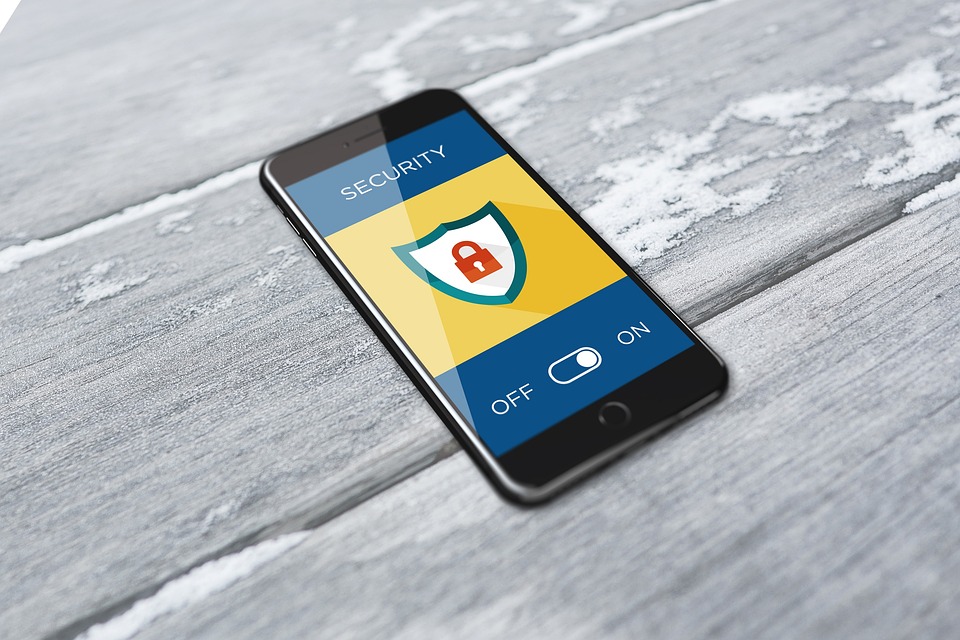Essential Steps for Foolproof Ransomware Protection: Safeguarding Your Data
Introduction
In today’s digital age, the threat of ransomware looms large over individuals and businesses alike. Ransomware attacks can have devastating consequences, resulting in the loss of sensitive data, financial loss, and even reputational damage. Therefore, it is crucial to take essential steps to protect your data from such malicious attacks. This article will guide you through foolproof ransomware protection measures and provide valuable insights into safeguarding your valuable data.
Understanding Ransomware
Ransomware is a type of malicious software designed to deny access to a computer system or data until a ransom is paid by the victim. Cybercriminals often employ various techniques, such as phishing emails, infected websites, or malicious downloads, to gain unauthorized access to your system. Once the ransomware is deployed, it encrypts your files, rendering them inaccessible until you pay the demanded ransom.
The Essential Steps for Foolproof Ransomware Protection
1. Keep Your Software Up to Date
Regularly updating your operating system, antivirus software, and other applications is crucial in mitigating the risk of ransomware attacks. Software updates often include security patches that address vulnerabilities that could be exploited by cybercriminals. By staying up to date, you ensure that your system is equipped with the latest defense mechanisms against evolving ransomware threats.
2. Implement Robust Email Security Measures
Email is a common entry point for ransomware attacks, as cybercriminals often use phishing emails to trick users into clicking on malicious links or opening infected attachments. To protect yourself, consider implementing robust email security measures. Enable spam filters, use email authentication protocols like SPF, DKIM, and DMARC, and educate yourself and your employees about recognizing phishing attempts.
3. Backup Your Data Regularly
Regularly backing up your data is one of the most effective ways to protect yourself from ransomware attacks. Ensure that your backups are stored securely, preferably offline or in a separate network. This way, if your system falls victim to ransomware, you can restore your files from a clean backup without having to pay the ransom.
4. Enable Automatic System Restore Points
Enabling automatic system restore points on your computer can serve as a valuable defense against ransomware attacks. Restore points allow you to roll back your system to a previous state, effectively removing any ransomware infections along with their encrypted files. Regularly create restore points and ensure that they are functioning correctly.
5. Use Reliable Antivirus and Anti-Malware Software
Investing in reliable antivirus and anti-malware software is essential to protect your system from ransomware attacks. Look for software that offers real-time scanning, behavior monitoring, and ransomware-specific protection features. Regularly update your antivirus software to ensure it can detect and eliminate the latest ransomware strains effectively.
6. Practice Safe Browsing Habits
Adopting safe browsing habits is crucial in preventing ransomware infections. Avoid clicking on suspicious links, downloading files from untrusted sources, or visiting potentially malicious websites. Be cautious when interacting with pop-up ads and always verify the legitimacy of websites before entering personal information.
7. Educate Yourself and Your Employees
Education is a vital aspect of ransomware protection. Stay informed about the latest ransomware trends, techniques, and prevention strategies. Educate your employees about the risks associated with ransomware and provide regular training sessions on how to identify and report potential threats. By creating a culture of cybersecurity awareness, you strengthen your defense against ransomware attacks.
FAQs (Frequently Asked Questions)
Q: What should I do if my computer gets infected with ransomware?
If your computer gets infected with ransomware, it’s crucial to act quickly and follow these steps:
1. Disconnect from the network: Immediately disconnect your computer from the internet or any network connections to prevent the ransomware from spreading to other devices.
2. Report the incident: Contact your IT department or local authorities to report the ransomware attack. Provide them with all the necessary details to aid in the investigation.
3. Do not pay the ransom: It is generally advised not to pay the ransom, as there is no guarantee that the cybercriminals will decrypt your files. Paying the ransom also encourages further criminal activities.
4. Restore from backup: If you have regularly backed up your data, restore your files from a clean backup after thoroughly removing the ransomware from your system.
5. Strengthen security measures: Review your security measures and implement additional safeguards to prevent future attacks.
Q: Can antivirus software alone protect me from ransomware attacks?
While antivirus software plays a crucial role in detecting and eliminating ransomware, it is not a foolproof solution. Ransomware threats are constantly evolving, and cybercriminals may employ sophisticated techniques that can bypass traditional antivirus defenses. Therefore, it is essential to complement your antivirus software with other security measures such as regular backups, safe browsing habits, and user education.
Q: Are free antivirus programs effective against ransomware?
Free antivirus programs can provide a basic level of protection against ransomware and other malware. However, they often lack advanced features and may not offer the same level of real-time scanning and behavior monitoring as paid antivirus solutions. To ensure comprehensive ransomware protection, it is advisable to invest in a reliable, paid antivirus software that offers dedicated ransomware protection features.
Conclusion
Protecting your data from ransomware requires a multi-layered approach. By following the essential steps outlined in this article, you can significantly enhance your defenses against ransomware attacks. Stay vigilant, keep your software up to date, back up your data regularly, and invest in reliable security solutions. By taking proactive measures, you can safeguard your valuable data and minimize the risk of falling victim to ransomware attacks.
Remember, staying informed and educating yourself about the latest ransomware threats is key to staying one step ahead of cybercriminals. Stay safe, stay secure!
Related Links:
1. [Ransomware Protection: Best Practices and Tools](https://www.examplelink.com/ransomware-protection-best-practices-tools)
2. [The Rising Threat of Ransomware: How to Protect Your Business](https://www.examplelink.com/rising-threat-ransomware-protect-business)











